Japanese Maple Trees : Plant, Grow & Care
Japanese Maple Trees, while they fascinate those who see them with their lace, finely cut leaves, and attractive colors, they are especially preferred in landscape architecture today.
Japanese Maples are distributed in countries such as Japan, Korea, and China. There are more than one species, from Bloodgood Japanese Maple to Dwarf Japanese Maple. Do not be intimidated when we say these maples are found in Japan, China, and Korea.
These plants are easy to grow and care for when the appropriate environment and conditions are provided. If you want to have a Japanese Maple in your garden, you are at the right place.
Everything you want to learn about the maple, from planting to growing, care, and pruning, is in this article. Keep reading!
Get to Know the Japanese Maples
Japanese Maples are magnificent plant species with many different leaf shapes, colors, and sizes. These plants can grow up to 15 meters, and most people describe them as deciduous. However, when we look at the external appearance, their surfaces are smooth, and their bark colors are khaki and brown tones. These maples, which are deciduous in winter, bloom in spring. Those who love mild climate conditions should not be grown in cold and windy environments.
Let’s focus on how to grow these magnificent maples to beautify our home or garden.
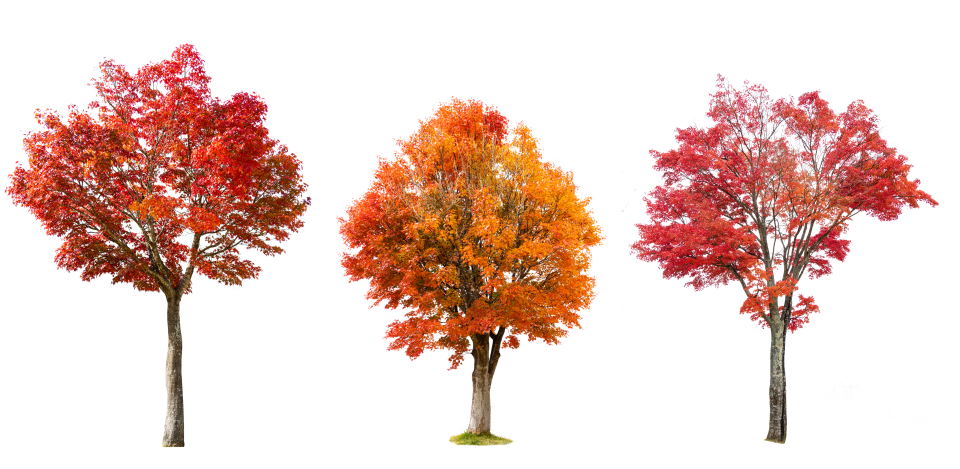
How to Grow Japanese Maple From Seed?
Let’s say you decide to buy Japanese Maple seeds. But, first, let us warn you before buying the seed; we recommend that you should buy certified seeds. Because if you buy fake seeds on the market, you may not have the same-looking tree you want, or you may encounter a completely different tree.
Let’s continue. You need to plant the seed in your hand in the autumn season when there is no danger of frost. You can sow the seed in 25gr./m² after soaking it in hot water for a day or two.
Before planting your seedling, you should pay attention to the structure of your pot. Your pot must have a protected root system because your seedling will have a chance to take root in a new place and grow easier in a pot with a protected root system. Remember again that the best time to plant or plant the Japanese maple is the autumn season. In the autumn season, while the tree goes to sleep, its roots will begin to settle into the soil easily.
As anyone interested in gardens or plants knows, one of the essential things in the planting phase is the soil. Soil is the most crucial element that gives life to the plant and affects its development. Let’s talk a little bit about the Japanese maple’s land claim. The soil structure during planting should have a fertile structure without stagnant water. Due to their nature, maples cannot tolerate alkaline soils, and a bad ending is inevitable. Let’s say you’re not sure if your soil is stagnant water. You can eliminate this problem by using drainage during planting.
Now that we’ve discussed how to plant and soil our trees let’s discuss the maintenance phase that will keep them alive or kill them.
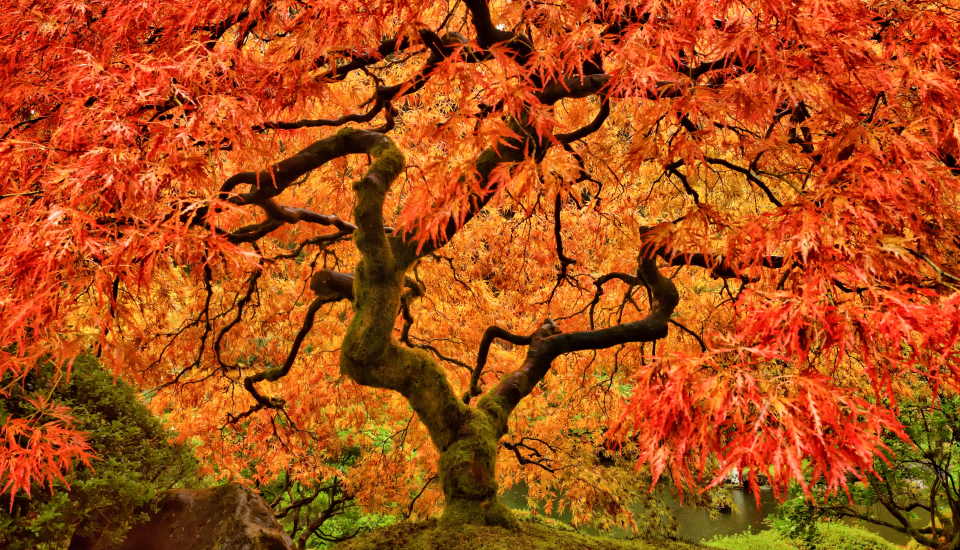
How to Care for a Japanese Maple?
As we said at the beginning of our article, Japanese Maples are effortless compared to many plants or trees when suitable growing conditions are provided, and their care is applied correctly. One of the most common mistakes, especially in the care of trees, is to overdo it in care. Everyone who comes to your home or garden will talk about your professionalism with the tips we will share with you about maintenance.
Let’s start!
These maples, which have negligible maintenance requirements, must be watered regularly during and after planting. But by regular, we never mean to drown in the ground. You must water according to the soil’s humidity and the leaves vitality.
You will lose these trees when you over-water them. When you forget this warning about irrigation, what you need to do is very simple. It will be enough to drain the excess water from the tree. In the summer season, you need to be more careful about the need for water. While being sensitive to water, be careful not to dehydrate accidentally. It will not be happy with too much or too little water.
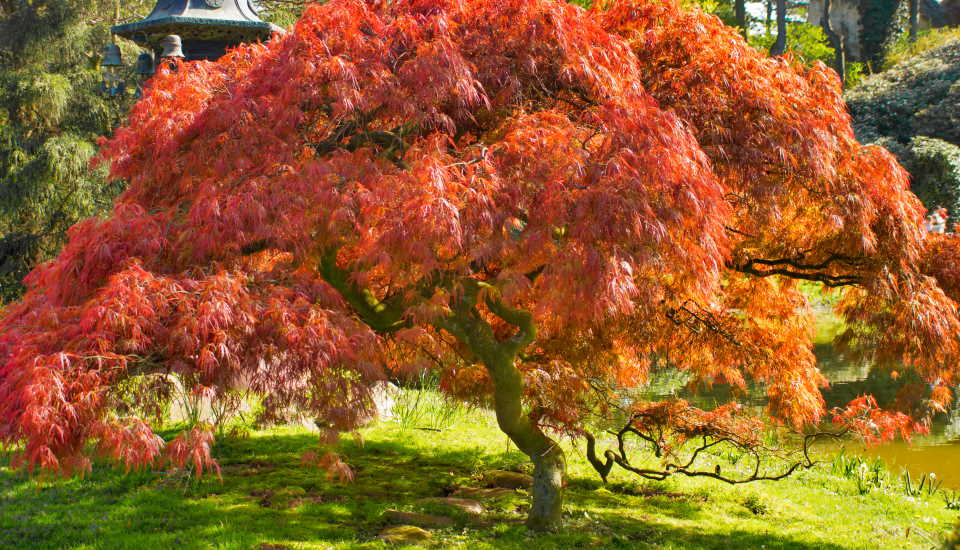
If you have considered our warnings about watering the soil, we will also advise you on keeping the soil moist. We’re sure some of you have thought of it, but let’s repeat the mulch layer. Adding a 3-inch layer of mulch to your tree will allow you to conserve soil moisture. In addition, if you pull the mulch layer back a few inches from the trunk, you will prevent possible rot that may occur.
After mentioning the water and moisture issue, one of the critical points is soil fertility. You can use fertilizers and vitamins as supplements if the soil fertility level does not feed your tree enough. There are also points to be considered about fertilization and vitamins. It will be healthier if you do not fertilize your newly planted Japanese maple until the second growing season.
In the spring, choosing fertilizers with high nitrogen content will help your tree’s leaves to be healthier and will enable you to make positive steps in the development of your tree. However, when we finish the spring season and come to the autumn season, you should prefer fertilizers with low nitrogen content to contribute to stemming development and leaf health.
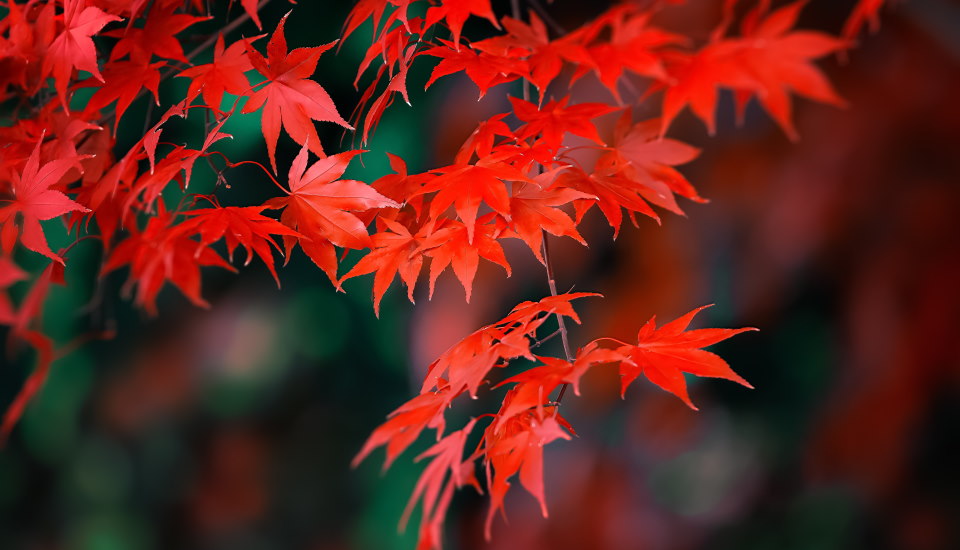
How to Protect Japanese Maple from Frost?
Another issue we would like to mention about maintenance is how to protect Japanese Maples from frost. Japanese Maples are resistant to a certain level of frost. But they are damaged in high temperatures. If your maple is in a pot, it will be easy to protect. In frost conditions, you can solve it by changing the position. But if your tree is in a location or garden that you can not change, you must take different precautions.
You can build a shelter around your maple with landscape elements. When you think of shelter, you don’t need to consider a complex and lengthy process. It will be enough to surround your Japanese maple with landscape elements, namely shrubs and cold-resistant trees.

When the frost degree is high, freezing is seen on the floors. Freezing on the ground causes trees to be deprived of water. That’s why you should be careful about watering your trees during frost.
Wrapping in burlap, a traditional method during frost, will also be beneficial. The process of wrapping your tree with burlap is very simple. First, place three to four stakes around it, then cover them with a double layer of burlap. You can fasten the sacks to the stakes with staples to keep them stable. Then, when the dangerous weather conditions disappear, it will be enough to remove the sacks.
Lastly, fertilizing and pruning should not be done to fight against frost. We’ll cover the details in the pruning and fertilizing section.
Now that we’ve finished the maintenance, it’s time for pruning. Let’s talk a little bit about pruning.
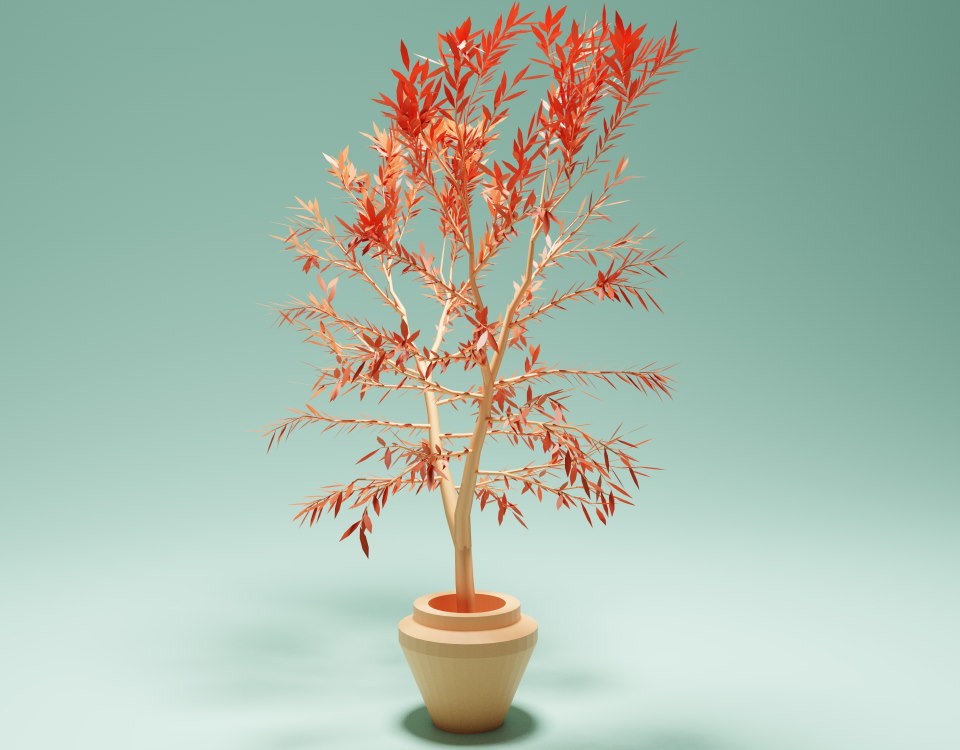
How and When to Prune Japanese Maple?
When it comes to pruning, Japanese Maples do not like to be pruned. Generally, trees are most suitable for pruning when they are mature. In addition, we recommend that you prune if your tree has deformities.
One of the essential details in the pruning phase is that your tree should be in a healthy and durable structure that will remove the pruning process. Every transaction has a season. The pruning season of Maples is when the maples are dormant, namely early spring and late autumn. Therefore, pruning should not be done too often. For example, you shouldn’t prune every year.
Depending on the development of your tree, you should prune for a maximum of 3 to 5 years.
We talked about what is essential about pruning. Next, let’s talk about how the process works. If you have your pruning equipment ready, you can start by removing old wood and dead branches first. In particular, you should leave the pruning of thick branches to the autumn season. Japanese Maples will lose a lot of sap when pruning thick branches during the growing season. The loss of sap will cause the plant to weaken and lose branches.
While pruning prevents fungal diseases that may occur on trees, it can also invite other diseases. Therefore, applying pruning paste after pruning will help prevent situations such as your tree getting sick.
If you’ve encountered withered branches on your Japanese maple, don’t panic and heed our advice. The first thing you need to do is carefully cut the dried branches. After carefully cutting the dried branches, you should seal the areas you cut it ring. Then wrap it with wax.
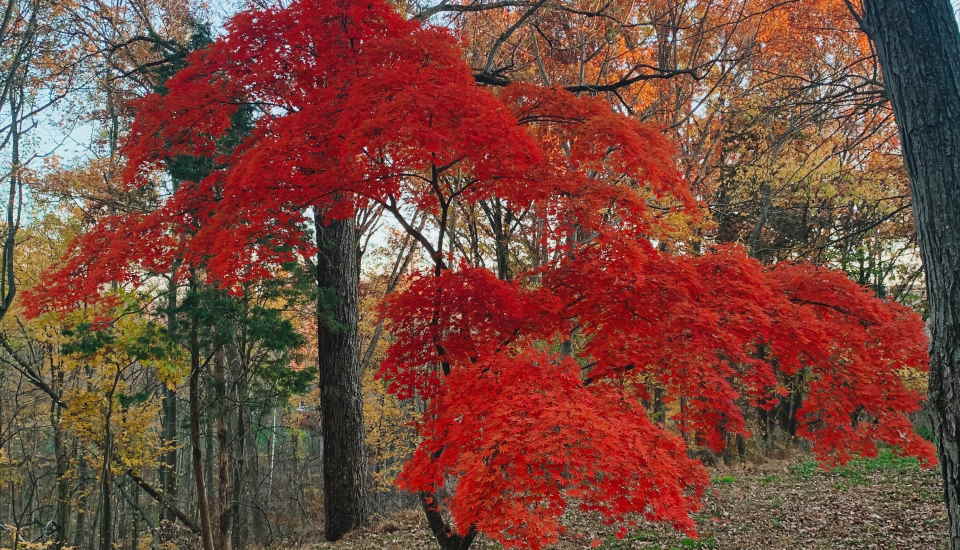
How to Trim a Japanese Maple?
One thing that comes to mind when pruning is mentioned in the image of the tree. Let’s say you decide how your tree should be. For example, if you prefer your Japanese maple to grow like a tall maple, start by removing low branches. No, if you say you want it to grow like a bush, not a tall tree, its method is also simple. For the maple to be in the form of a bush, you need to remove the lower branches and reduce the height of the guide or main branch by 5 cm.
This is the advice we will give you about pruning. But our advice is not over yet.
The Main Enemies and Solution
Among the main enemies of the Japanese maple are insects such as lice, caterpillars, moths, and fungal diseases. However, dealing with these enemies is easier than you think. All you need to do is learn the correct spraying method.
When you decide to spray your tree, you should pay attention to the fact that the leaves of your Japanese maple have fallen. If you apply pesticides when your tree is leafy, the leaf shape will deteriorate. This will cause deformation and burning in the leaves because the leaves of maple trees have a thin and delicate structure. In addition, it will be better to try on a leaf from your tree when you start spraying.
We recommend you wait until the end of the winter season when spraying. Spraying at the end of winter will provide a shield against insect infestation and fungal diseases in spring.
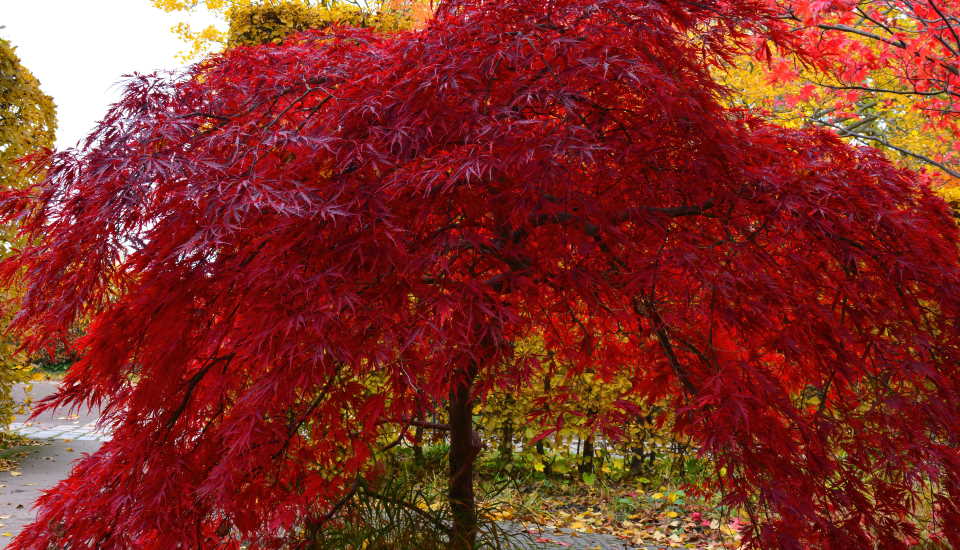
Common Species of Japanese Maple Tree
If you have a small garden, the Bloodgood Japanese Maple, which carries the most beautiful shade of red in its leaves, and the Dwarf Japanese Maple, which radiates sweetness with its dwarf structure, are the right choices.
Bloodgood Japanese Maple blooms in spring. The red color of its leaves evolves into burgundy in summer, and it colors throughout the season. Also, one of the rarest of the maple species is the most cold-hardy and can tolerate full sun.
When we come to the draft type tree, it is one of the Japanese Maple species that require little maintenance and even does not require pruning for years. Its tiny structure and subspecies of various colors and textures will appeal to your eyes to create a crowd in your garden.
The planting, caring, and pruning methods described above are also valid for these species.
With their unique appearance and effortless care, Japanese Maples are the right choice for anyone who wants to innovate in their home or garden.
You may also be interested in:
Best Japanese Plants for Indoor Gardening


